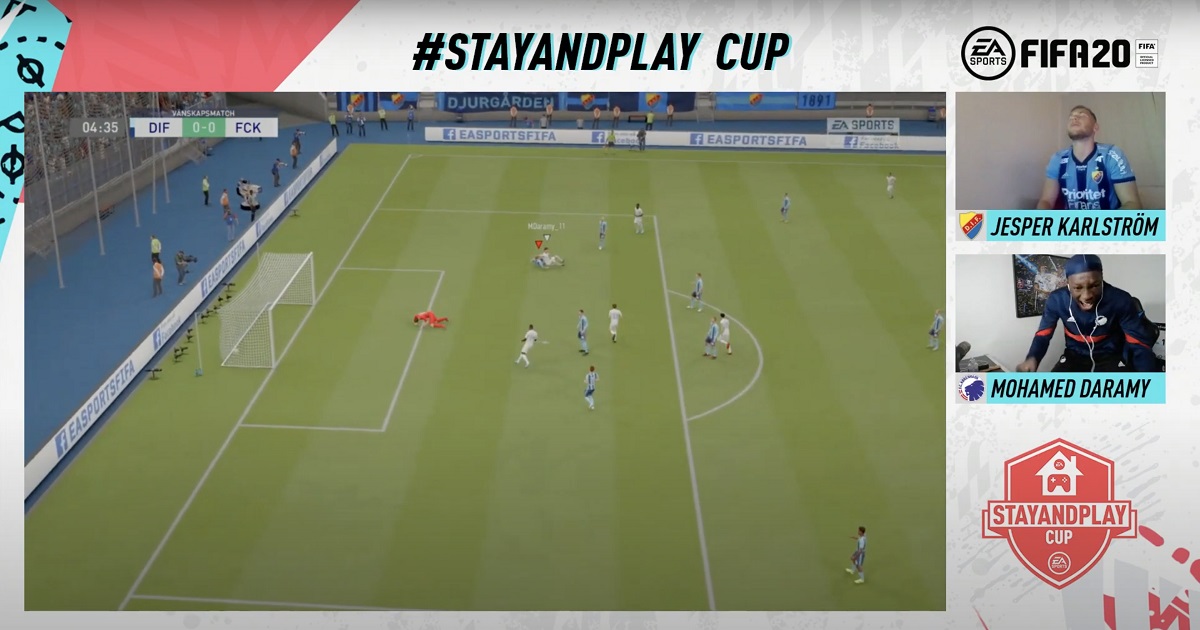Like everyone else in esports, Electronic Arts has been forced to pivot to digital events because of the coronavirus.
While esports companies have had to withdraw from traditional esports, EA and others have shifted their efforts to online-only events in the near term. With the likes of pro baseball and hoops canceled, esports has an opportunity to gain some more attention as sports fans search for new ways to get their sports fixes.

Unlock premium content and VIP community perks with GB M A X!
Join now to enjoy our free and premium membership perks.
![]()

![]()